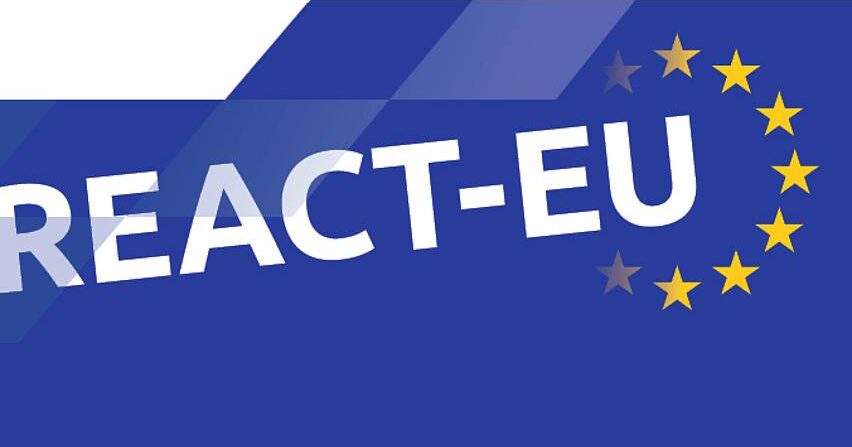Objectives and goals of the funding programme
The package will provide additional funding for existing of new dedicated programmes under the Investment for Growth and Job goal (IGJ) and for existing cross- border cooperation programmes under the European territorial cooperation goal.
From the ERDF, the additional resources shall primarily be used to support investment in products and services for health services and to provide support in the form of working capital or investment support to SMEs.
In order to create the right conditions for recovery, it should also be possible to support investments contributing to the transition towards a digital and green economy as well as in infrastructure providing basic services to citizens, or economic measures in the regions that are most dependent on sectors most affected by the crisis (e.g. tourism, culture, hospitality services etc.).
From the ESF, the additional resources shall primarily be used to support job maintenance, including through short-time work schemes and support to self-employed. The additional resources shall also support job creation, in particular for people in vulnerable situations, youth employment measures, skills development, in particular to support the twin green and digital transitions, and enhanced access to social services of general interest, including for children.
Type of Programme
REACT-EU
Funding type/type of support
Financing (Loans/Guarantees)
Organizational level
International
Programme Focus
Competitiveness, research and innovation, Crisis recovery, Skills, Smart / digital tourism, Sustainable tourism
Programme relevant for/ target group
SMEs and micro companies, VET Providers, Other
Geographic area
European Union
The total budget for the period 2021-2027 amounts to €50.62 billion (current prices) under NextGenerationEU.
The intended audience comprises SMEs, large enterprises, Government, cities, communities & NGOs and knowledge centers.
The programme supports investment projects that foster crisis-repair capacities and contribute to a green, digital and resilient recovery of the economy, including support for maintaining jobs, short-time work schemes and support for the self-employed. It can also support job creation and youth employment measures, healthcare systems and the provision of working capital and investment support for small and medium-sized enterprises.
REACT-EU resources are implemented through regional and national cohesion policy programmes under the 2014-2020 programming period. The tourism components of these programmes should be consulted to find out about the scope of support in each EU country or region (look for managing authorities per programme in the ‘Additional Information’ sections).
As a part of the NextGenerationEU, REACT-EU provides an additional €50.6 billion (in current prices) to foster development in the wake of the COVID-19 pandemic and its social consequences. It also aims to prepare a green, digital and resilient recovery of Europe’s economy. Special attention is paid to regions that were hardest hit by the crisis due to their dependence on the most affected sectors, such as tourism and culture.
Since REACT-EU is distributed through the 2014-2020 cohesion policy, the support options for the tourism sector under the ERDF and the ESF in the current programming period apply to these additional resources.
The support options for the tourism sector under the current programming term of the ERDF and ESF apply to REACT-EU, because it is distributed under the 2014–2020 cohesion strategy. For example, working capitals and investments in SMEs and the green and digital transition/training of workers are covered.
- Project title: VISITUS: Helping blind and visually impaired tourists enjoy the Croatia-Serbia border region
The VISITUS project focused on welcoming blind and visually impaired visitors has improved the attractiveness of the area for all tourists. In collaboration with local associations for the visually impaired, a wide range of activities and technology-enabled tools were developed, including: new cultural and gastronomic tourism routes spanning the region; information stands with tactile maps and multilingual interactive boards; and braille tourist guides.
EU investment: €300,090
